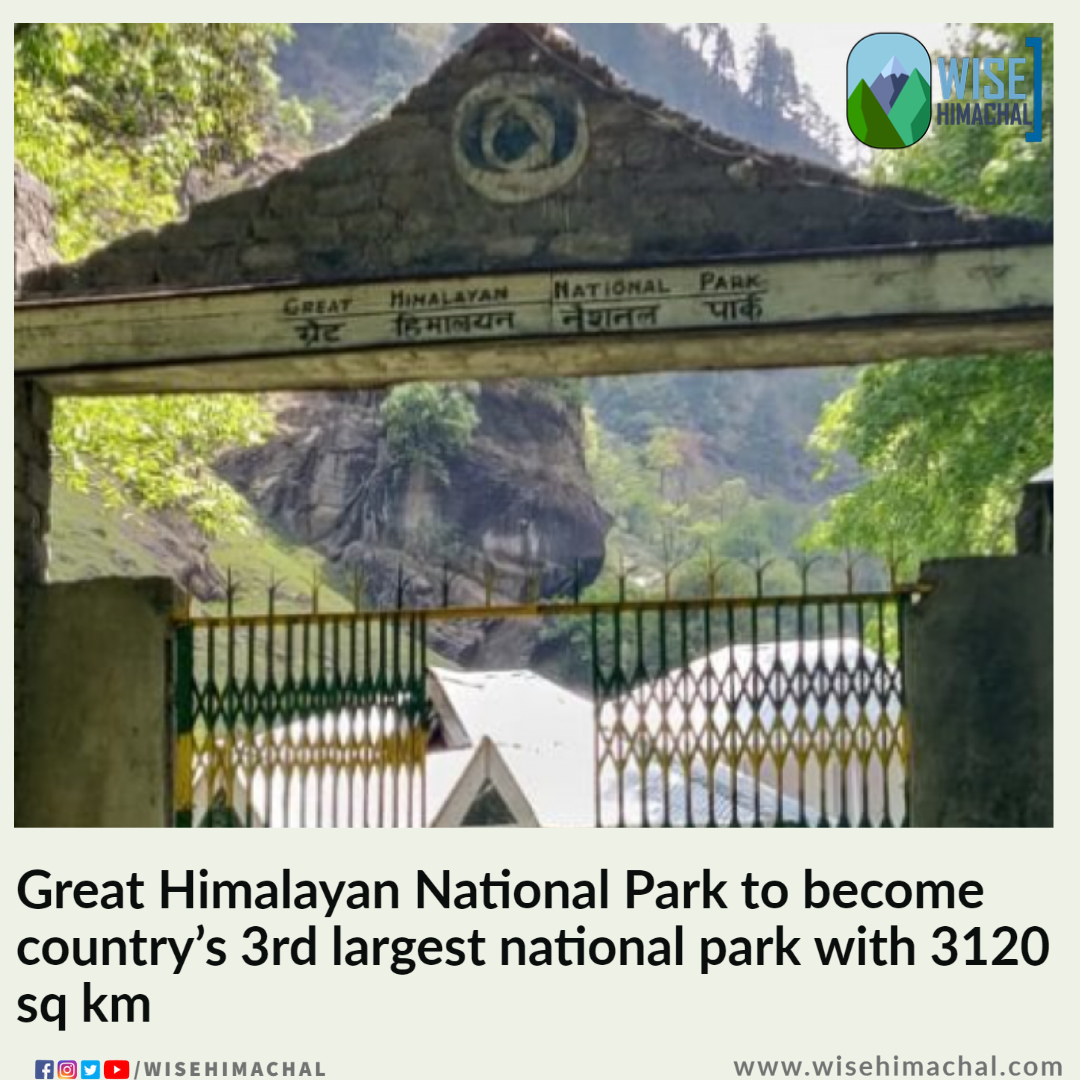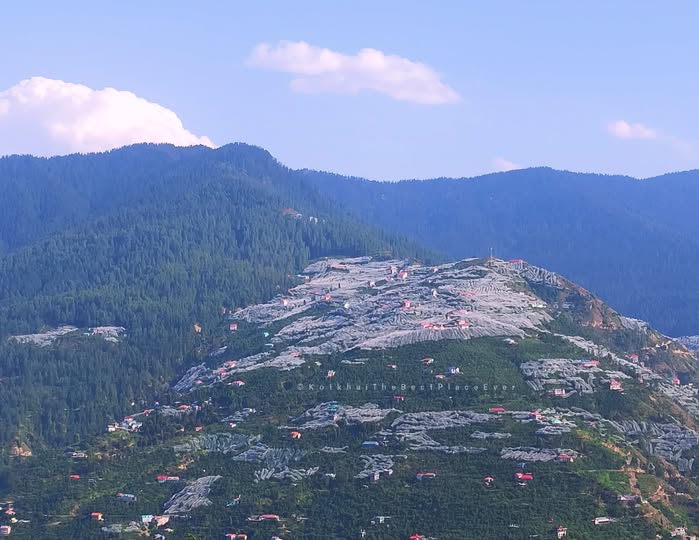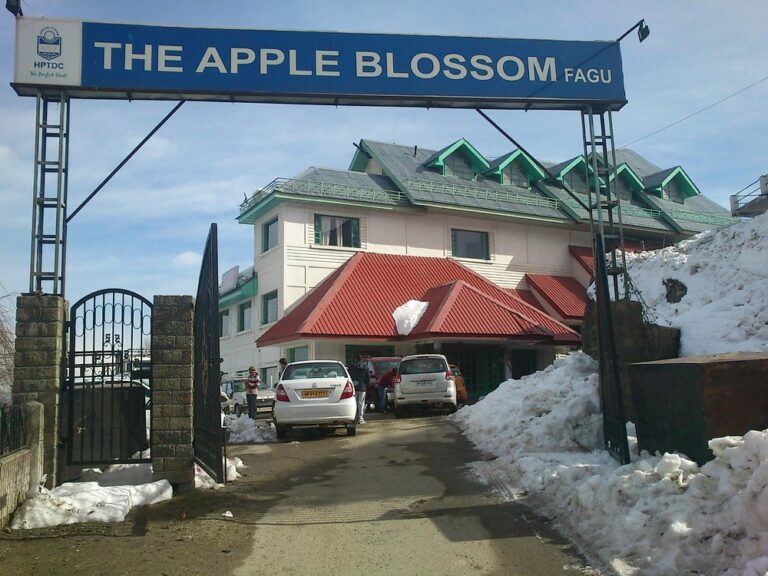The Great Himalayan National Park, which got the status of World Heritage in June 2014, is soon going to become the third largest national park in the country. Its process has been started. Presently the park covers an area of 905.4 square kilometres. Two national parks and two sanctuaries are being included in this. First of all, 710 square kilometer Kheerganga National Park adjacent to the Great Himalayan National Park will be included in it. Apart from this 675 sq km Pin Valley National Park, Rupi Bhab Wildlife Sanctuary and Kanawar Wildlife Sanctuary will also be merged. This work is being done on the basis of the guideline of UNESCO.
In the year 2014, when the Great Himalayan National Park got the status of World Heritage, UNESCO had asked to increase the area of the park to three thousand square km. India had expressed its commitment on this. In such a situation, now the Great Himalayan National Park has started its process. In 2023, India has to submit its status report in this regard to UNESCO. Nishant Mandotra, DFO, Great Himalayan National Park, said that in the first phase, 710 square kilometer Kheerganga National Park will be covered. The park manager has also done its survey.
The National Park is the protector of
biodiversity, in view of the biodiversity, UNESCO has given the Great Himalayan National Park the status of World Heritage. While tourism activities have increased in the park area, the state bird Jajurana has also become a custodian. 31 species of wild animals including musk deer, snow leopard, black and brown bear, musk deer, snow leopard, ghoral, Himalayan blue sheep, Himalayan thar, Himalayan wizzle besides rooster species and 209 breeds of rare birds include Jajurana, Monal, Koklas. , Shahil, Chid Seizand and 44 species of butterflies are found in the park. There are 832 different species of plants in the park area. These include 69 species of trees, 113 types of shrubs, 28 types of creepers and 493 herbs. Hunting is prohibited in the park area. More than 35 trap cameras have been installed to keep an eye on it.
2 parks and 2 sanctuaries will merge
Eco Zone – 265 sq km
Kheerganga National Park – 710 sq km
Pin Valley National Park – 675 sq km
Rupi Bhaba Wildlife Sanctuary – 503 sq km
Kanawar Wildlife Sanctuary – 61 sq km




